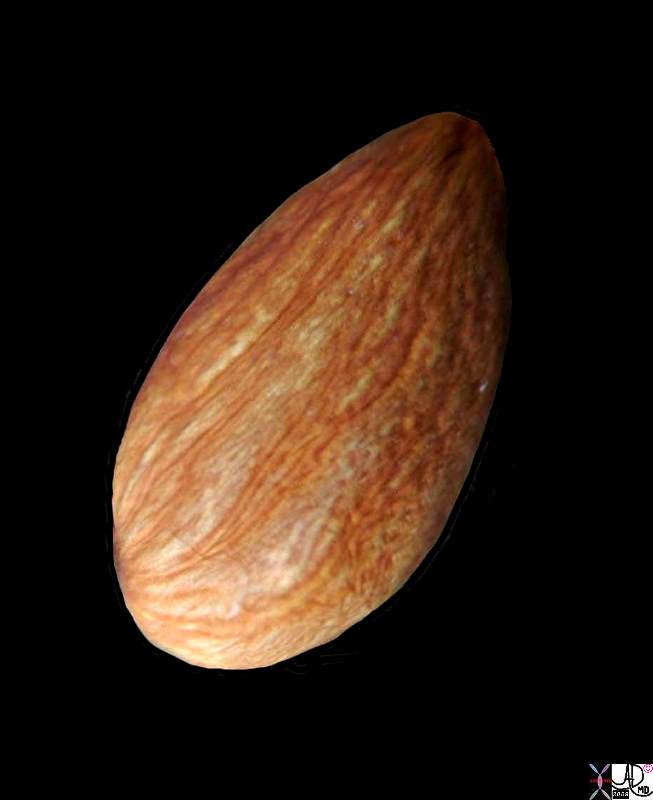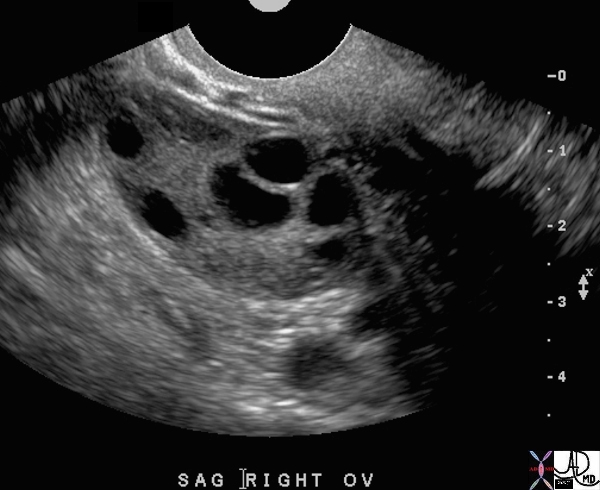The Ovaries
Copyright 2009
Definition
The pair of ovaries or female gonads, are egg producing organs that are connected loosely to the Fallopian tubes and are part of the female reproductive system and part of the genitourinary tract. They are characterized mostly by their cyclical function and monthly production usually of a single ovum.
Structurally they are characterized by their almond shape, and measure approximately 3 X 1.5 X 1.5 cms. They are positioned on either side of the uterus as part of the adnexa in the peritoneal cavity, and are found close the lateral wall of the pelvis, though they are mobile and their position changes. They are covered and supported by the mesovarium. Unlike most organs their epithelium is on the outside and is called the germinal epithelium The deeper layers are called the ovarian cortex and medulla. The cortex contains follicles, aging corpus lutea, corpora albuginea, and a fibrous stroma. The medulla only has a stroma.
Functionally the ovaries are the source of the ova and each ovary usually produces one ovum every second month. They are subjected to the same hormonal influences as the uterus. During the proliferative phase (follicular phase), the follicles develop, and one of the follicles usually becomes dominant under the influence of estrogen. At mid cycle, there is an LH surge causing the dominant follicle to rupture and release its egg. Thereafter progesterone rises in the luteal phase (secretory phase) and the ruptured follicle becomes a corpus luteum. If pregnancy ensues the corpus luteum functions as an early endocrine organ to support the early pregnancy until the placenta takes over. If there is no pregnancy then the corpus luteum degenerates.
The common diseases that affect the ovary include cysts, hemorrhagic cysts, endometriosis, and carcinoma. Less common are torsion and metastases. Ectopic pregnancy more commonly involves the adnexa and and Fallopian tubes. Pain with ovulation is quite common and has been given the name mittelschmerz – the German word for “middle pain” that affects about 20% of women – which for some women is every cycle and for others an intermittent symptom.
The diagnosis of ovarian disease requires the combination of meticulous clinical evaluation and ultrasound .
Treatment of disease depends on the cause and includes both medical and surgical techniques.

The Almond |
| The almond not only has the same shape as the ovary, but also has almost the same size.
82470.81s fruit nut food food in the body shape almond ovary amygdala Davidoff photography copyright 2008 |

Normal Ovary with Follicles |
| The transvaginal ultrasound shows a normal right ovary in longitudinal view containing black cystic follicles that are all about the same size and are all less than 1cms in diameter.
71689 ovary follicles normal anatomy function physiology TCV Applied Biology Cycle time USscan Davidoff MD |
